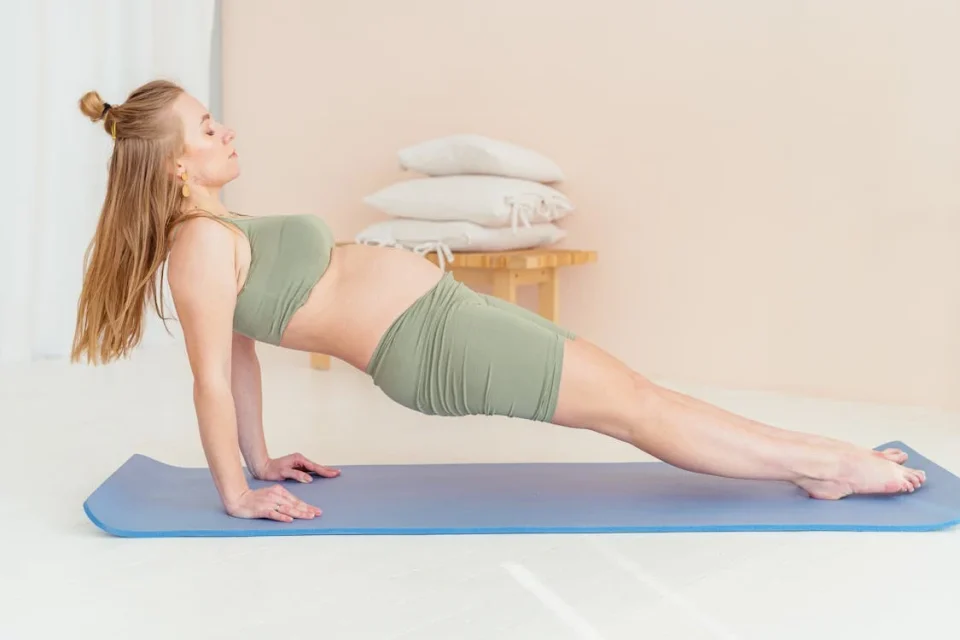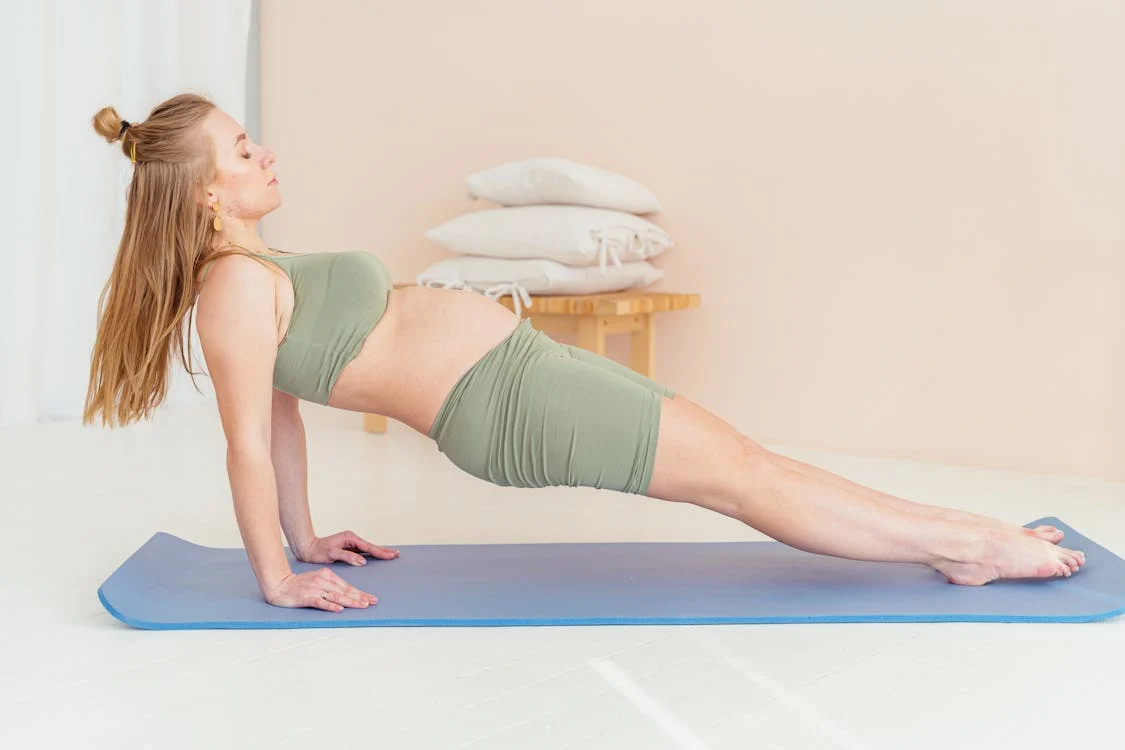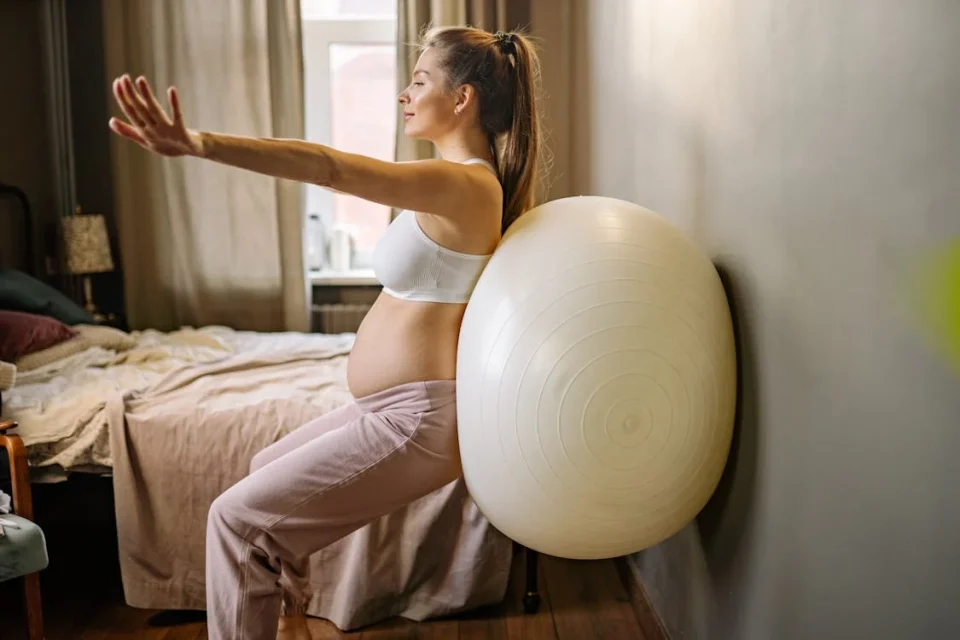
Staying active during pregnancy is crucial for both your health and your baby’s development. Doing safe and effective exercises from the comfort of your home can strengthen your body, prepare it for labor, and alleviate common pregnancy discomforts. Here is a list of pregnancy exercises at home that are safe yet vital.
List of Safe but Vital Pregnancy Exercises at Home
- Pelvic Tilts: Strengthen your lower back and abdominal muscles to ease back pain.
- Cat-Cow Stretch: Increases flexibility in the spine and relieves tension in the lower back.
- Modified Squats: Strengthens the legs and core, preparing your body for labor.
- Wall Push-Ups: Improves upper body strength and enhances posture.
- Kegels: Strengthens pelvic floor muscles, which are essential for childbirth and recovery.
- Side-Lying Leg Lifts: Tones the hips and thighs without putting pressure on the abdomen.
- Prenatal Yoga Poses: Focus on gentle poses like the butterfly stretch and seated forward bends to improve flexibility and reduce stress.
- Glute Bridges: Strengthens the glutes and lower back, which helps relieve back pain and supports pelvic stability.
How Can I Exercise at Home While Pregnant?
Exercising at home while pregnant is simple and effective. Here are some key tips:
- Create a Safe Environment: Ensure there is enough space, a flat surface, and proper ventilation.
- Use Supportive Equipment: Use a yoga mat, resistance bands, or a chair for support during exercises.
- Listen to Your Body: Avoid overexertion and take breaks as needed. If you feel dizzy, short of breath, or experience discomfort, stop immediately.
- Stay Hydrated: Drink plenty of water before, during, and after your workout.
- Follow a Routine: Aim for moderate-intensity exercises, around 30 minutes a day, at least five days a week, but consult your doctor to ensure you’re following a safe routine for your pregnancy stage.
Benefits of Pregnancy Exercises
-
- Prepares the Body for Labor: Strengthening your muscles and improving flexibility can ease labor and delivery.
- Reduces Pregnancy Discomfort: Regular exercise can reduce lower back pain, improve circulation, and combat swelling.
- Promotes Mental Well-being: Physical activity releases endorphins, reducing stress and anxiety.
- Helps with Postpartum Recovery: Exercising during pregnancy can help your body recover faster after childbirth.
What Exercises Should Be Avoided During Pregnancy?
While exercising is important, certain activities should be avoided:
- High-Impact Exercises: Running, jumping, and intense cardio can put strain on your body.
- Heavy Lifting: Avoid lifting heavy weights that could cause injury.
- Exercises Lying Flat on Your Back: After the first trimester, avoid lying flat on your back as it can reduce blood flow to the baby.
- Twisting Movements: Avoid exercises that involve twisting your torso.
Staying active during pregnancy with safe exercises at home can greatly benefit both you and your baby. By following a simple routine, you can keep yourself healthy, prepare for labor, and ensure a faster postpartum recovery. Always remember to consult your healthcare provider before starting any exercise program to ensure it’s safe for your specific pregnancy stage.
FAQs
You can start pregnancy exercises as early as the first trimester, but it’s essential to consult with your doctor before beginning any routine. For women already active before pregnancy, they may continue exercising but should adjust the intensity as needed.
Some of the best exercises during pregnancy include pelvic tilts, Kegels, prenatal yoga, and walking. These exercises are low-impact and focus on strengthening the core, pelvic floor, and legs, all while being gentle on your body.





